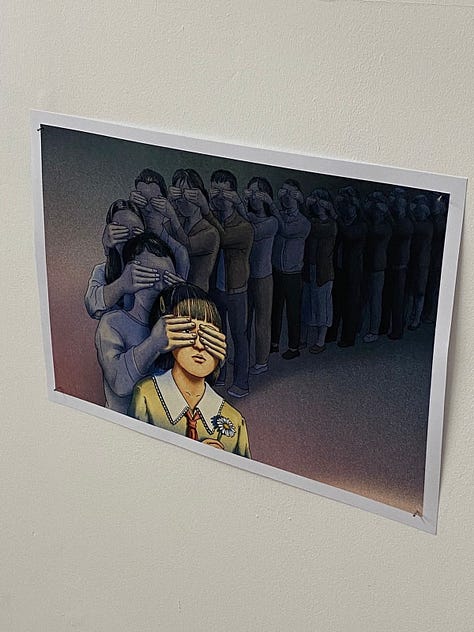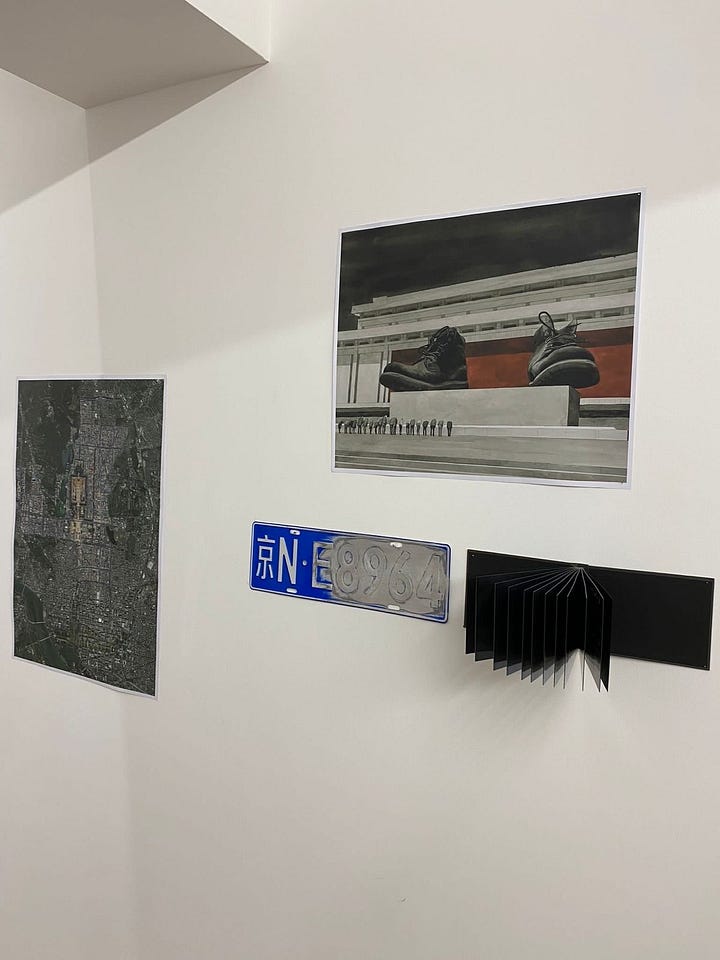London Exhibition to Commemorate White Paper Movement Kicks Off Europe Human Rights Tour
HRIC's Zhou Fengsuo spoke at the opening
On November 25, “A4 Revolution Anniversary: Transnational Solidarity for Human Rights in Europe,” a traveling exhibit organized by young Chinese dissidents to commemorate the one-year anniversary of the White Paper Movement, opened in London. The exhibit features nearly thirty works, which will travel to ten cities across Europe, including Paris and Berlin. The organizers hope to show that the White Paper Movement was not a discrete incident but in fact the beginning of a larger social movement to bring change within China. HRIC is deeply honored to be one of the partner organizations supporting this important project.
All over the world, students and activists are organizing events around the White Paper Movement. On Wednesday, November 29, HRIC plans to hold a demonstration on the steps of the U.S. Capitol in commemoration.
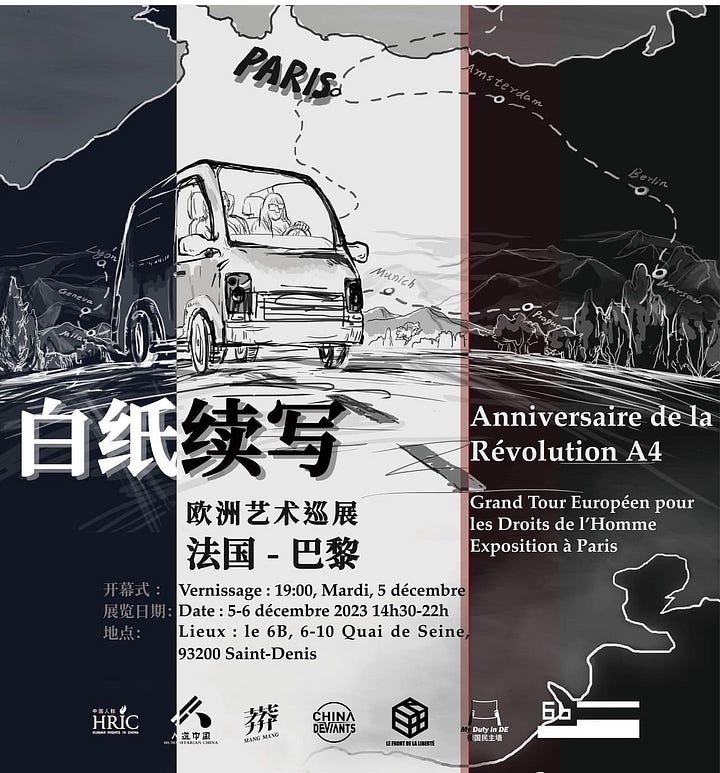

The White Paper Movement began in the fall of 2022, sparked by two key events: the solo protest of Peng Lifa on Sitong Bridge, and the Ürümqi Fire, where ten died tragically in a high-rise building fire during intense COVID-19 lockdowns. HRIC’s Zhou Fengsuo says, “What happened was a call for freedom. The pandemic showed the middle class in Shanghai, which had been able to live a life that was fairly well off, that without freedom they could not even eat or cry out. The fire in Ürümqi unified all people under the oppression of the CCP. Xi imprisoned everyone in their own home, and everyone was in danger.”
These sparks lit the flame of protests across China and across the globe, successfully forcing the Chinese government to end the zero-COVID policy. However, the consequences of the White Paper Movement were especially harsh for young Uyghurs who bravely spoke out. Kamile Wayit, a 19-year-old Uyghur student, was sentenced to three years in jail for sharing a video about the protests. This past August, another young Uyghur man named Yashire was disappeared by the authorities due to his activism in late 2022. Many others who were involved have been prevented from leaving China and are under surveillance.
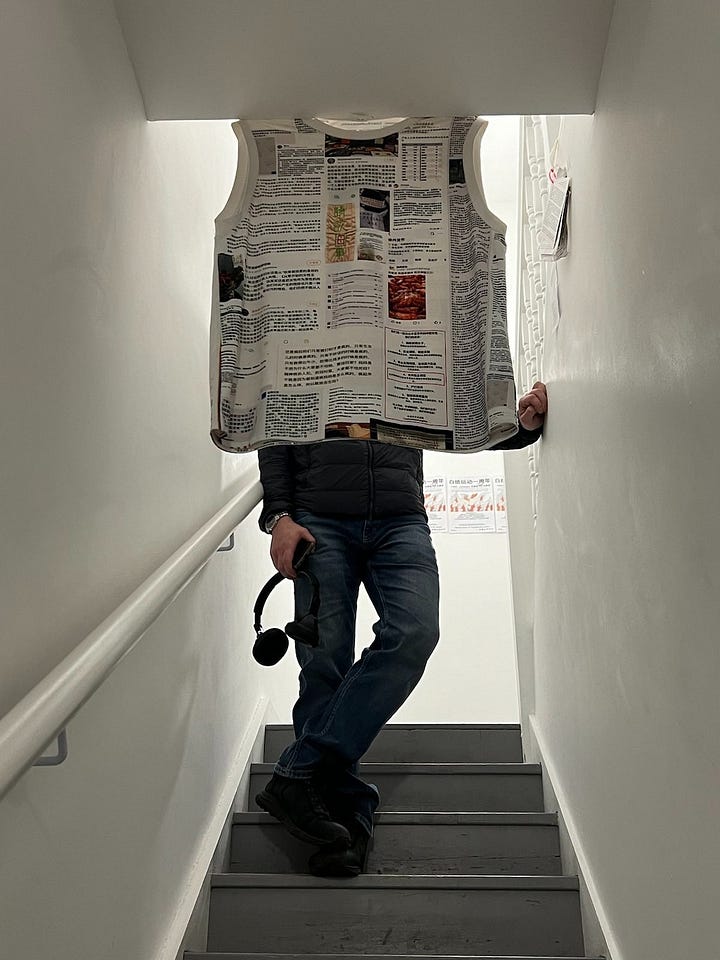
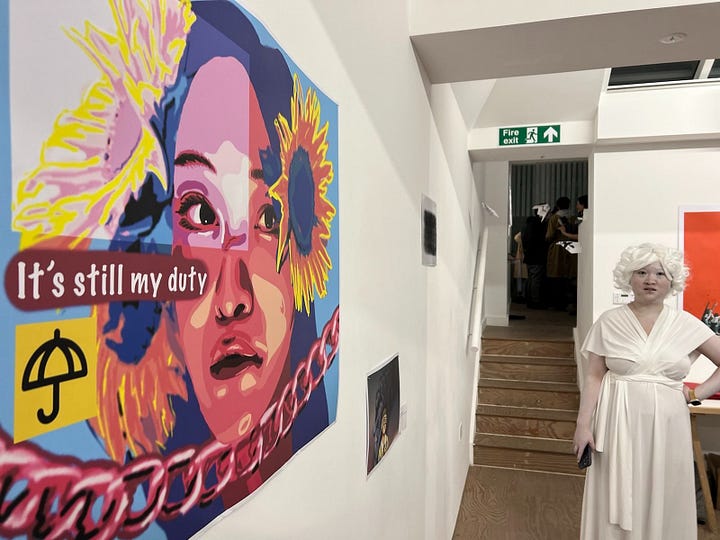


Several activists spoke at the opening, including Apple, the leading activist of China Dissidents, and Rahima Mahmut, British representative to the World Uyghur Congress. HRIC Executive Director Zhou Fengsuo also gave a brief speech, in which he praised the London activist community for their active involvement in the White Paper Movement. “We are fighting for freedom together, so we must continue to work hard. Everyone is a victim of this regime until China is free."
Zhou also brought a banner to commemorate Zeng Yuxuan, a student and White Paper activist who was arrested in Hong Kong and has been detained in China for trying to hang a banner to commemorate June Fourth.

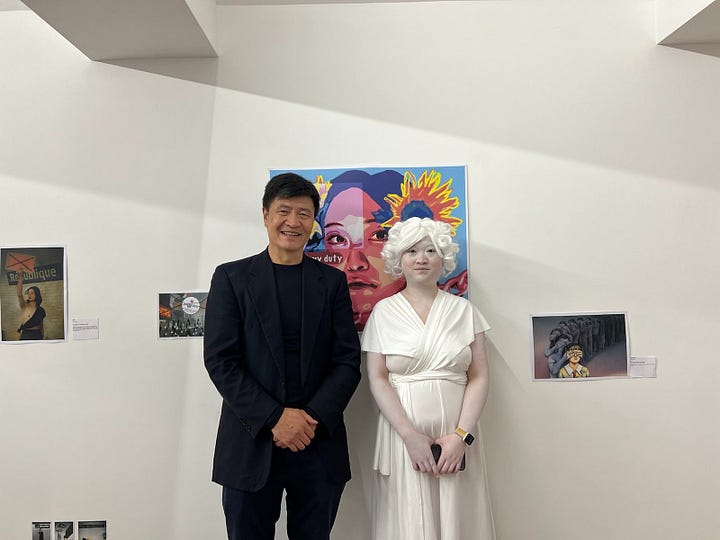
The exhibition mainly includes artwork from students outside of China, but there are a significant number of works from China as well. However, some were forced to withdraw their participation due to police harassment. One artist, Jiang Bu, presented his project called “Counting Freedom,” where he asked people to count how many times they saw the word “freedom” in Beijing. He recounted how he observed people’s understanding of freedom changing after the pandemic and the White Paper protests: “the word ‘freedom’ is defined by our actions.”
Another artist 3D printed a bust of Xi Jinping that moved and spoke, meaning to remind the world of Xi Jinping’s role in spreading the COVID-19 pandemic.
The exhibit and opening were well-attended, and audiences walked away with a sense of the spirit of the White Paper Movement. It was the first time that protesters had successfully forced the CCP to change a national policy in response to popular demand; it was the first time that “down with the CCP” was chanted in cities across China; and it was a remarkable collaboration between people inside and outside of China, despite the presence of the Great Firewall. Despite the repressive power of the Chinese state, many of the works displayed in the exhibit also captured this sense of hope.





